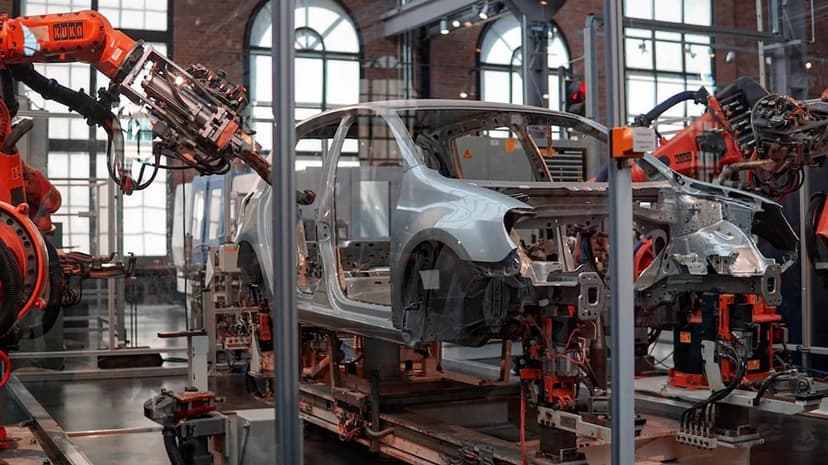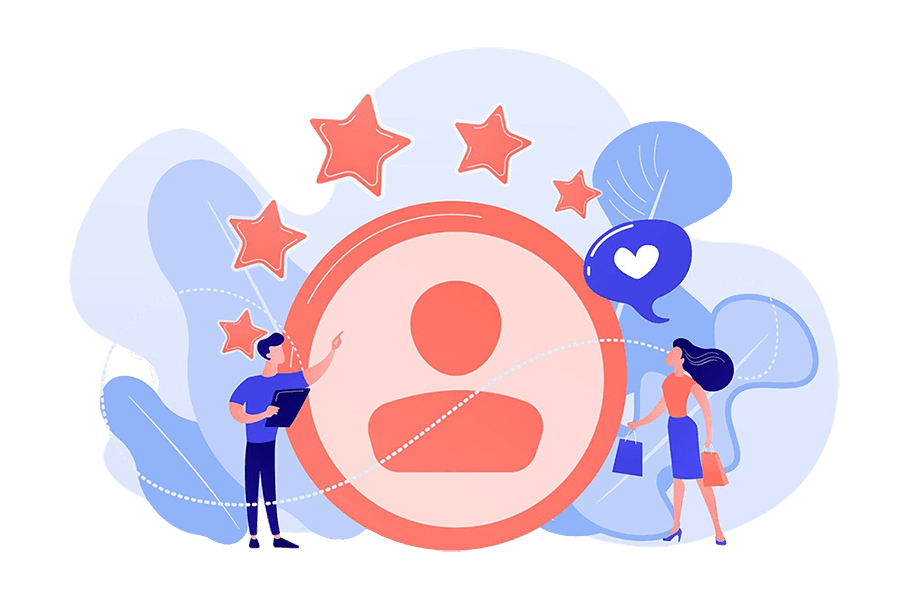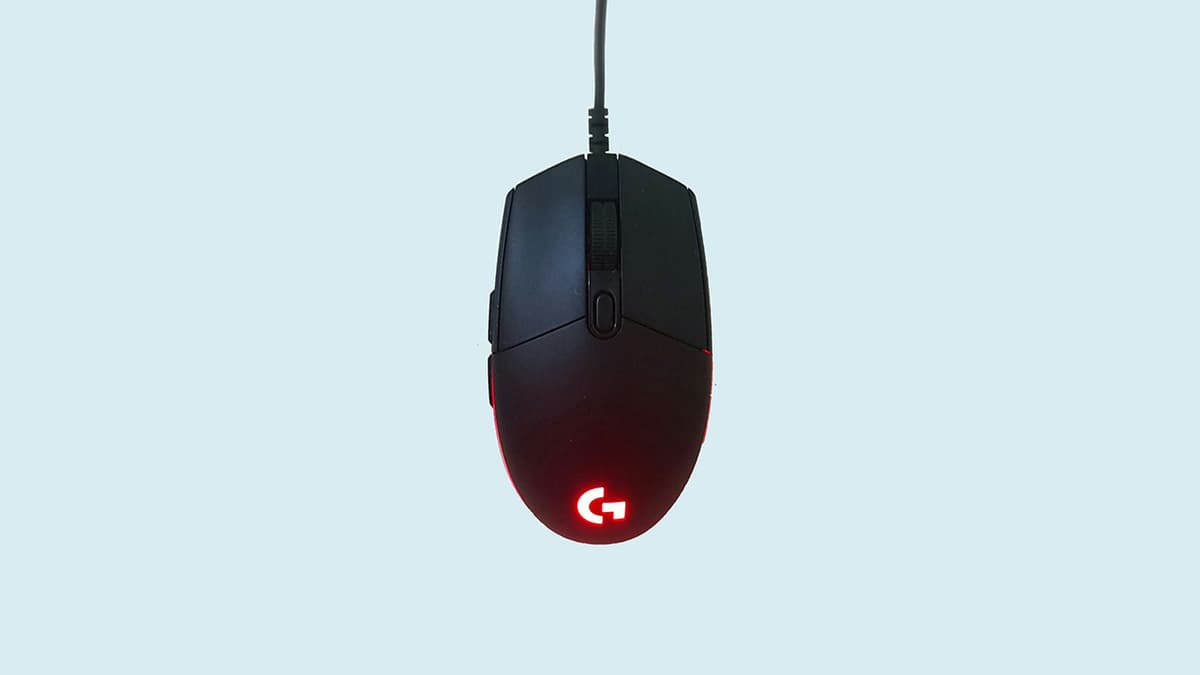The Intricate Process Behind AI-Generated Images
Artificial Intelligence has reached a stage where it doesn't merely analyze images—it creates them from scratch. But how exactly does AI "know" what to paint?
Encoding Human Vision
The first step in enabling AI to draw involves encoding visual information in a format that AI can interpret. To accomplish this, researchers use large databases of annotated images. Each image is translated into a mathematical representation—a vector—that captures the essential elements such as shapes, colors, patterns, and textures. These representations are derived from deep neural networks, specifically convolutional neural networks (CNNs), which mimic human visual processing to extract hierarchical features from images.
Understanding Context and Composition
Once AI learns how to represent visual features, it must grasp composition and context to produce coherent images. To do this, generative models, like Generative Adversarial Networks (GANs) or Diffusion Models, undergo extensive training. GANs, for example, consist of two neural networks—the generator and the discriminator. The generator creates images, while the discriminator evaluates their authenticity, distinguishing AI-generated visuals from real images. Through millions of iterations, the generator learns to construct realistic images by receiving feedback on composition, coherence, and visual quality.
Diffusion models, on the other hand, start from random noise and iteratively refine the image, guided by learned patterns, toward clarity and accuracy. This iterative process ensures that images don't just look convincing—they are contextually appropriate and well-composed.
Translating Text into Imagery
Many contemporary AI systems are designed to generate images based on textual prompts provided by users. How does AI understand text descriptions and translate them into visuals? AI uses text-image pairs from enormous datasets to build associations between linguistic descriptions and visual features. Transformer-based models, like OpenAI's DALL-E, employ a dual encoder-decoder structure. The encoder interprets the textual prompt, mapping it onto a latent space of conceptual understanding. The decoder then translates these encoded concepts into visual components, step-by-step, to render an accurate representation of the original textual description.
Conditional Image Generation
When given a prompt like "a sunny landscape with mountains," AI references its latent space—a vast internal library of encoded visual patterns. It identifies patterns associated with mountains, sunlight, sky, and landscapes, then assembles these elements into a cohesive image. The process is conditional, meaning the image is shaped explicitly by the conditions set through the user's prompt. Conditional generation ensures that AI doesn't produce arbitrary images but rather tailored visuals that match the desired description.
Refining Output Through Feedback
Even with advanced encoding and decoding mechanisms, AI-generated images sometimes require further refinement. Modern AI systems incorporate reinforcement and human-in-the-loop learning. User feedback or internal evaluation algorithms assess image quality and provide information back to the AI. This iterative feedback process enables the AI to continually enhance its ability to produce precise, appealing visuals over time, correcting mistakes and strengthening its understanding of visual semantics.
Limitations and Artistic Interpretation
Despite their sophistication, AI models operate based on learned associations rather than genuine understanding. Thus, when prompts are ambiguous or highly creative, AI leans heavily on statistical relationships learned from data. The AI doesn't "know" in the human sense but rather assembles visual elements based on patterns and associations previously observed. This can lead to imaginative and unexpected outputs but may also result in inconsistencies or surreal interpretations when prompts fall outside familiar contexts.
Ultimately, AI draws by synthesizing learned visual patterns and relationships guided by human-defined parameters and feedback loops. It "knows" what to paint not through conscious thought but through intricate data-driven processes refined continually by extensive training and human collaboration.












